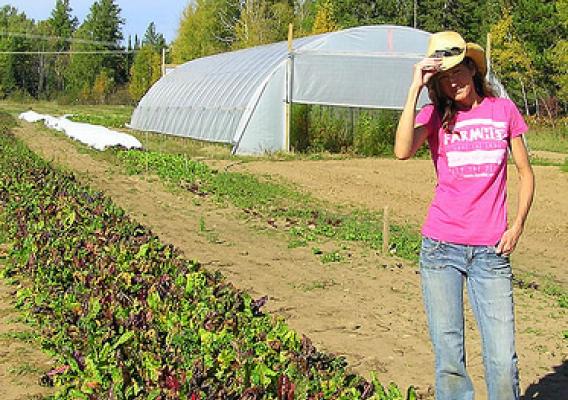As spring marches closer, farmers markets across the country are ramping up or reopening for the season. In addition to year-round staples like local milk, meat, and grains, the stars of the season—asparagus, onions, new potatoes, lamb, and greens of all varieties—are beginning to make their debuts. In a few months’ time, the markets will be in full swing, bursting with berries and zucchini and other summer fruits and vegetables. Here at USDA, we’re working hard to ensure participants in the Supplemental Nutrition Assistance Program (SNAP) have access to this healthful, local bounty.
Remarkable progress has been made in providing better access to the nation’s 8,200 farmers markets and farm stands; more than 4,200 markets and direct marketing farmers now redeem SNAP benefits. Beyond providing heightened access to farmers markets, we know that coupling access with incentives to purchase healthy products while at the market helps SNAP recipients consume a healthy diet. A new report from USDA’s Food and Nutrition Service makes clear that private sector organizations share the goal of increasing access and incentives, and are willing to dedicate financial resources to ensuring the success of this approach. Researchers for the Farmers Market Incentive Provider Study interviewed representatives from more than 100 organizations that provide financial incentives to SNAP participants redeeming their benefits at farmers markets. Wholesome Wave is a great example of a not-for-profit organization that partners with 305 farmers markets in 24 states with nutrition incentive programs for doubling SNAP, WIC, and Senior Farmers Market vouchers at farmers markets.









